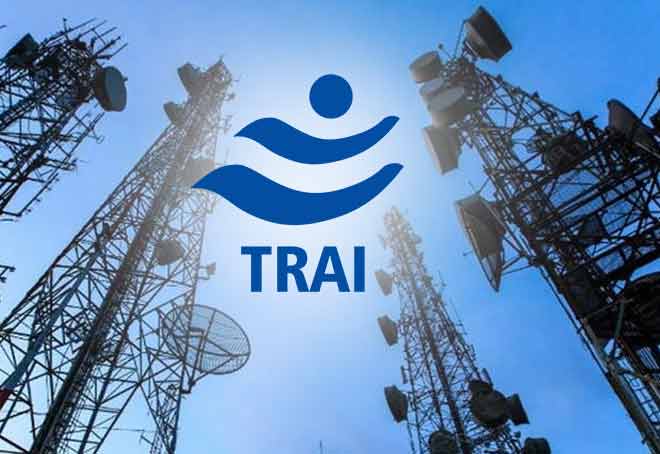
The Telecom Regulatory Authority of India (TRAI) has proposed the establishment of a regulatory sandbox to foster innovative technologies in the digital communication sector. This recommendation follows the release of a consultation paper last year, which sought feedback on the regulatory sandbox framework. Notably, Bharti Airtel and Reliance Jio had contested the necessity of sandboxing, citing existing mechanisms within the telecom sector for product and service testing.
Under the proposed framework outlined in the consultation paper, any licensed service provider meeting specified conditions will be eligible to participate in the regulatory sandbox as principal applicants. Additionally, Indian entities exclusively are eligible to apply for participation, a suggestion put forth by Vodafone Idea (Vi) in response to the consultation paper.
Furthermore, if an entity fails to secure consent from a telecom operator or if the product does not require association with a telco, direct application to the sandbox is permissible. However, such applications must demonstrate efforts made to collaborate with a telco.
1. Pre-testing Requirement: Applicants must subject their product to limited testing before applying for the sandbox.
2. Regulatory Exemptions: Applicants must specify the regulatory exemptions required for sandbox testing, along with the anticipated testing period.
3. Institutional Mechanism: For exemptions beyond the Department of Telecommunications (DoT) jurisdiction, the DoT will establish an institutional mechanism to facilitate the process within 60 days.
4. Resource Specification: Participants must clearly outline the resources or facilitations sought during the sandboxing process.
5. Risk Management: Products being tested must have a comprehensive risk management strategy in place.
6. Consumer Protection: Participants must prioritize consumer interests and ensure compliance with the Digital Personal Data Protection Act (DPDP 2023).
7. Testing Parameters: Test parameters, control boundaries, milestones, and anticipated outcomes must be defined, alongside mechanisms for monitoring and evaluating the testing process.
The requirement of a minimum net worth of Rs. 25 lakhs has been eliminated from the eligibility criteria, as it was deemed counterproductive to innovation by stakeholders.
1. Application Stage: The DoT will review applications within 7 days and provide feedback on any shortcomings. Applicants can rectify these shortcomings within 10 days, with the DoT reviewing the complete application within 30 days.
2. Evaluation Stage: Applications will be evaluated based on eligibility criteria. The DoT will collaborate with applicants to determine specific regulatory exemptions and conditions. Approval will be granted if the applicant meets regulatory requirements.
3. Testing Stage: A designated officer will oversee sandbox testing, with any material changes requiring prior approval from the DoT.
The National Telecommunications Institute for Policy Research, Innovation, and Training (NTIPRIT) will oversee the sandbox, with representatives from the Telecom Engineering Centre (TEC) and academic institutions as necessary. Participants must establish reporting and monitoring mechanisms, including periodic reports and a comprehensive report post-sandbox testing.
The Digital Bharat Nidhi under the Telecommunication Act 2023 will provide financial support for innovation in the telecom sector. The DoT may consider funding for sandboxed products, with preference given to proposals not requiring funding.